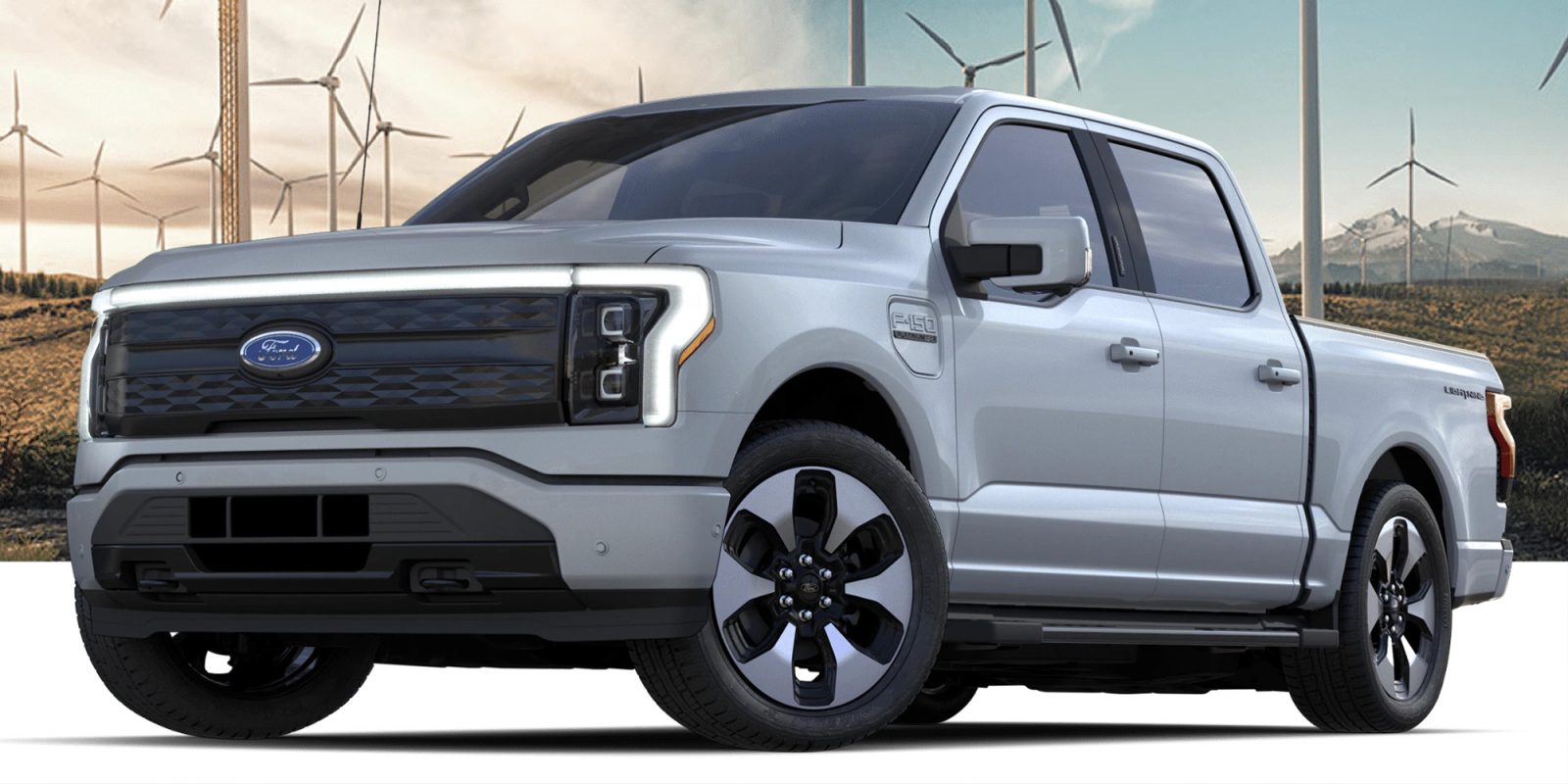
Ford Motor Company and University of Michigan researchers explored what light-duty vehicle electrification means for the decarbonization of the transportation industry in a study that was published online on March 1 in the journal Environmental Research Letters.
Light-duty vehicles, including sedans, SUVs, and pickup trucks, are currently responsible for 58% of US transportation sector emissions.
With a focus on evaluating greenhouse gas emissions, researchers looked at three different model year 2020 powertrain options — internal-combustion-engine (ICE) vehicles, hybrid-electric vehicles, and battery-electric vehicles — for midsize sedans, midsize SUVs, and full-size pickup trucks.
They accounted for differences in fuel economy, annual mileage, vehicle production, and vehicle lifetime across vehicle classes.
Study senior author Greg Keoleian, a professor at the University of Michigan School for Environment and Sustainability and director of the U-M Center for Sustainable Systems, said of the study:
This is an important study to inform and encourage climate action. Our research clearly shows substantial greenhouse gas emission reductions that can be achieved from transitioning to electrified powertrains across all vehicle classes.
This study expands upon previous studies that have focused on comparing battery-electric vehicle sedans to their internal-combustion-engine or hybrid counterparts. We report emissions for vehicle production, use, and end-of-life stages on a per-mile basis and over the total vehicle lifetime. In addition, we analyzed the regional variation in emissions considering differences in electricity grid mixes and ambient temperatures, and we also explored the effects of the rate of grid decarbonization on emission reduction.
Researchers found that light-duty EVs have approximately 64% lower cradle-to-grave life-cycle greenhouse gas emissions than ICE vehicles on average across the United States.
Researchers also found that switching an ICE vehicle to an EV results in greater total tonnage of emissions reductions as the vehicle size increases, due to the greater fuel consumption of larger vehicles.
In other words, a driver who switches from, say, a Ford F-150 to a Ford F-150 Lightning Electric Truck will make a greater impact than someone who drives a Mini Cooper and switches to a Mini Cooper Electric.
Researchers also found that EVs have larger greenhouse gas emissions than gas vehicles during manufacturing due to battery production, but that’s offset by savings in their operation.
The study developed maps to show the lifetime grams of CO2 equivalent per mile for each powertrain and vehicle type by county across the United States. Researchers found that concerns about EVs having higher emissions than ICE vehicles or hybrids are largely unfounded, as EVs outperform hybrids in 95% to 96% of counties, while EVs outperform ICE vehicles in 98% to 99% of counties, even assuming only modest progress toward grid decarbonization.
Study first author and Center for Sustainable Systems Research Specialist Max Woody said:
Deployment of electric vehicles and expansion of renewable energy resources like solar and wind should be done at the same time; the benefit of each is increased by the development of the other.
Read more: Polestar shares its EV carbon impact data to offer transparency, build consumer trust
Photo: Ford
FTC: We use income earning auto affiliate links. More.





Comments